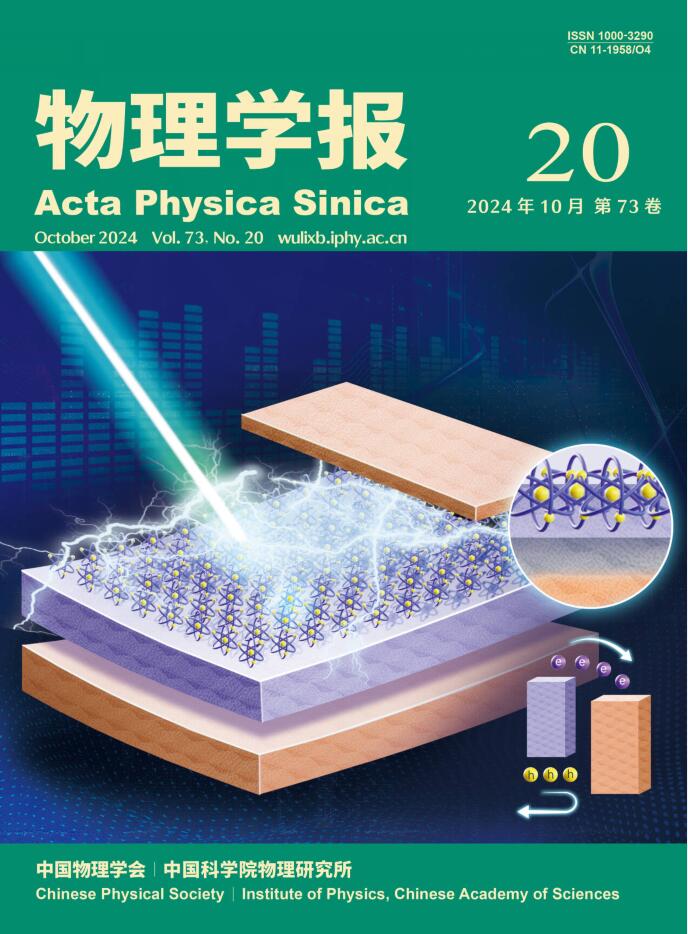基于深度学习的钻孔辐射压力离子加速建模
IF 0.8
4区 物理与天体物理
Q3 PHYSICS, MULTIDISCIPLINARY
引用次数: 0
摘要
激光驱动离子加速在高能密度物质、离子束驱动快速点火、束流靶中子源和热密度物质加热等方面具有潜在的应用前景。与固体目标相互作用的超短相对论激光器可以产生能量高达数百MeV的离子束,而离子束的质量很大程度上取决于激光器与目标的相互作用参数。深度学习的发展为物理系统中参数关系的分析提供了新的方法,大大降低了计算和实验成本。本文建立了基于全连接神经网络(FCNN)的离子峰值与截止能量的连续映射模型。在该模型中,数据集由近400组激光驱动固体目标的粒子模拟组成,输入参数为激光强度、目标密度、目标厚度和离子质量。该模型以更稀疏的参数取值获得大范围内的参数分析结果,大大减少了在大范围的多维参数范围内进行参数扫描的计算量。根据模型映射的结果,得到了离子峰值能量比离子质量的修正公式。此外,还计算了每组粒子模拟的离子截止能量与峰值能量之比。重复离子峰值能量和截止能量的相同训练过程,建立了能量比的连续映射模型。根据能量比模型映射结果,实现了离子截止能量与峰值能量关系的定量描述,得到了孔-钻孔辐射压力加速(HB-RPA)机制截止能量的拟合公式,可为激光驱动离子加速实验设计提供重要参考。本文章由计算机程序翻译,如有差异,请以英文原文为准。
Deep Learning-Based Hole-Boring Radiation Pressure Ion Acceleration Modeling
Laser-driven ion acceleration has potential applications in high energy density matter, ion beam-driven fast ignition, beam target neutron source and warm dense matter heating and etc. Ultrashort relativistic lasers interacting with solid targets can generate ion beams with energies up to several hundreds of MeV, and the quality of the ion beams strongly depends on the interaction parameters of the laser and the targets. Developments in deep learning can provide new methods in the analysis of relationship between parameters in physics systems, which can significantly reduce the computational and experimental cost. In this paper, a continuous mapping model of ion peak and cutoff energies is developed based on a fully connected neural network(FCNN). In the model, the dataset is composed of nearly 400 sets of particle simulations of laser-driven solid targets, and the input parameters are laser intensity, target density, target thickness and ion mass. The model obtains the parameter analysis results in a large range of values with sparser parameter taking values, which greatly reduces the computational effort of sweeping the parameters in a large range of multi-dimensional parameters. Based on the results of this model mapping, the correction formula for the ion peak energy over ion mass is obtained. Furthermore, the ratio of ion cutoff energy and peak energy of each set of particle simulation is calculated. Repeating the same training process of ion peak energy and cutoff energy, the continuous mapping model of energy ratio is developed. According to the energy ratio model mapping results, the quantitative description of the relationship between ion cutoff energy and peak energy is realized, and the fitting formula for the cutoff energy of the Hole-Boring Radiation Pressure Acceleration (HB-RPA) mechanism is obtained, which can provide an important reference for the laser-driven ion acceleration experiments design.
求助全文
通过发布文献求助,成功后即可免费获取论文全文。
去求助
来源期刊

物理学报
物理-物理:综合
CiteScore
1.70
自引率
30.00%
发文量
31245
审稿时长
1.9 months
期刊介绍:
Acta Physica Sinica (Acta Phys. Sin.) is supervised by Chinese Academy of Sciences and sponsored by Chinese Physical Society and Institute of Physics, Chinese Academy of Sciences. Published by Chinese Physical Society and launched in 1933, it is a semimonthly journal with about 40 articles per issue.
It publishes original and top quality research papers, rapid communications and reviews in all branches of physics in Chinese. Acta Phys. Sin. enjoys high reputation among Chinese physics journals and plays a key role in bridging China and rest of the world in physics research. Specific areas of interest include: Condensed matter and materials physics; Atomic, molecular, and optical physics; Statistical, nonlinear, and soft matter physics; Plasma physics; Interdisciplinary physics.
 求助内容:
求助内容: 应助结果提醒方式:
应助结果提醒方式:


